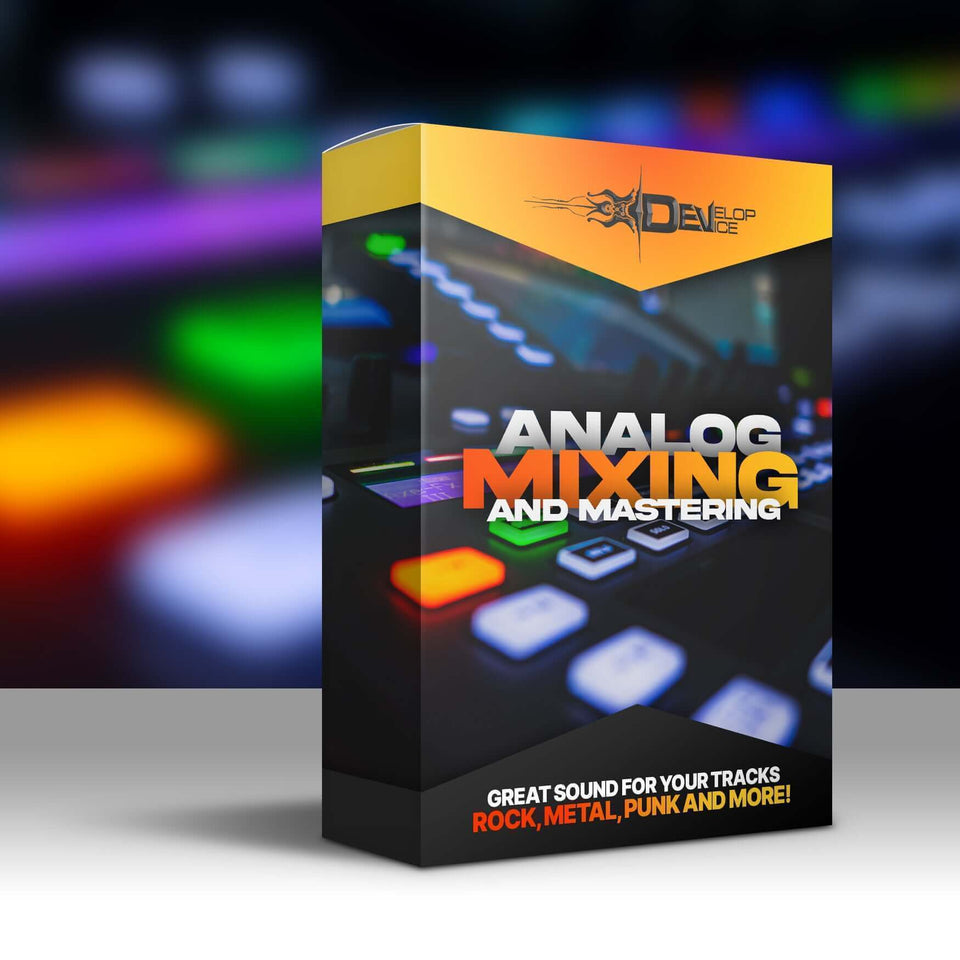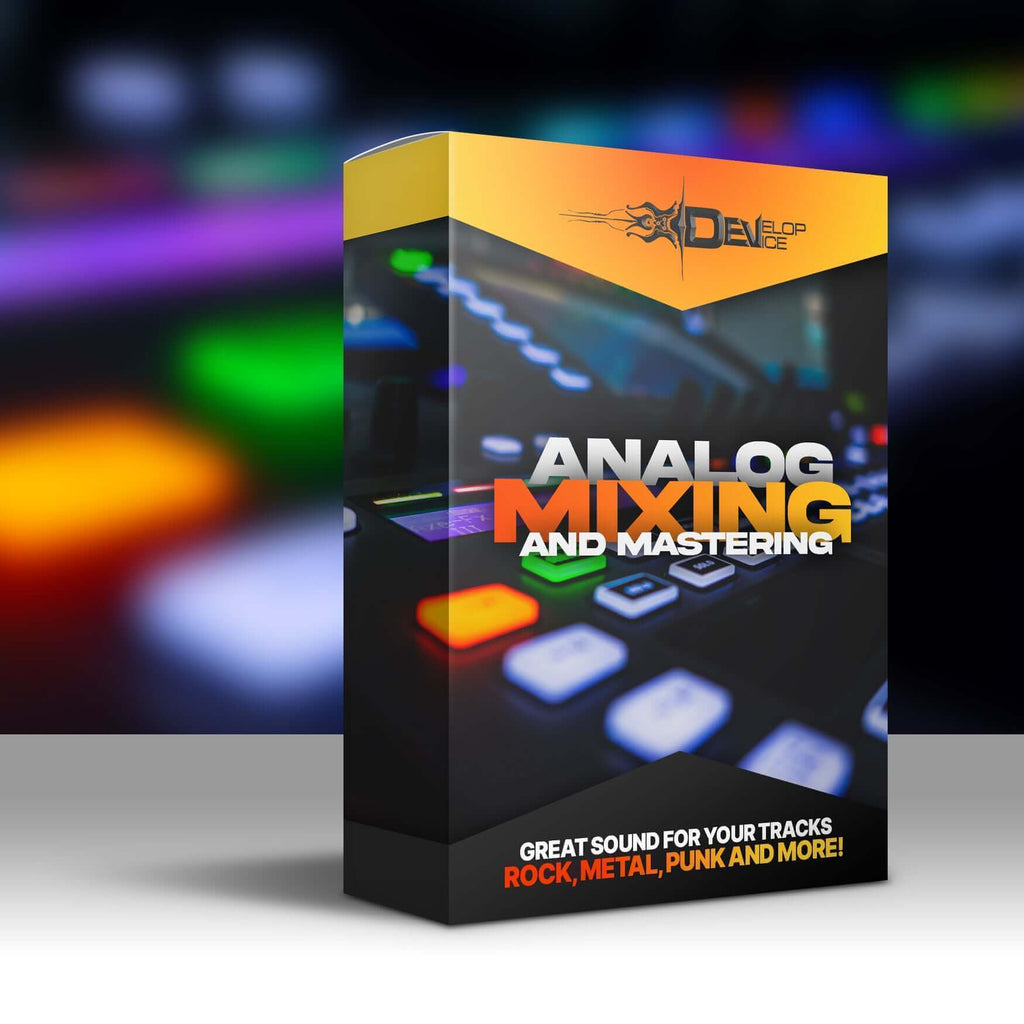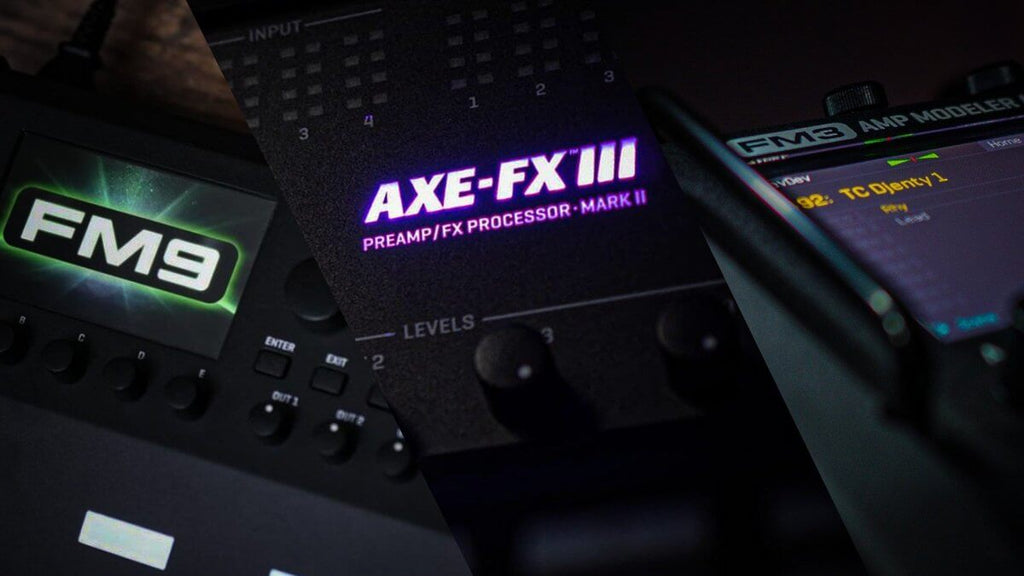Explaining Correlation in Mixing and Mastering

Embark on a journey into the nuanced world of audio production, where we explore the critical concept of correlation in mixing and mastering. As a seasoned professional in this domain, I am thrilled to share insights that are essential for crafting a polished and captivating sonic experience.
Understanding Correlation in Audio Production
In the sphere of audio production, correlation represents the intricate relationship between the left and right channels of a stereo mix. This key aspect significantly influences the stereo imaging, phase balance, and the overall sonic equilibrium of your final output.
The Importance of Correlation
✅ Stereo Image and Width: Correlation plays a pivotal role in shaping the stereo image of your track. A high positive correlation indicates channel similarity, which can lead to a more mono sound, whereas a lower or negative correlation creates a wider stereo image.
✅ Identifying Phase Issues: Negative correlation can signal phase issues, where frequencies from both channels counteract each other in mono playback, leading to a loss in sound clarity and impact.
✅ Compatibility Across Various Playback Systems: A well-correlated mix ensures that your track delivers consistent quality across different listening environments, from high-end stereo setups to simple mono speakers.
Monitoring and Adjusting Correlation
✅ Utilizing Correlation Meters: These visual tools, found in most DAWs, help in assessing the phase relationship between channels, crucial for informed mixing decisions.
✅ Applying Mid-Side Processing: This technique allows you to separately manage the mid and side elements of your mix, facilitating adjustments in stereo width while maintaining mono compatibility.
✅ Employing Phase Alignment Tools: These are invaluable for correcting phase differences between the left and right channels, particularly in complex recording scenarios.
✅ Manual Adjustments: Simple changes in panning or levels can have a profound impact on improving the correlation in your mix.
Best Practices for Optimal Correlation
✅ Consistent Mono Monitoring: Regularly checking your mix in mono is vital to ensure that all elements are coherent and powerful.
✅ Judicious Use of Stereo Effects: While stereo effects can add depth and dimension, their excessive use might lead to phase problems and a weakened mix focus.
✅ Ongoing Correlation Monitoring: Continuously observing the correlation meter during the mixing and mastering process is essential for early detection and correction of potential issues.
✅ Trust Your Auditory Perception: Ultimately, your ears are the most reliable judge. If something in the mix doesn't sound right, it probably needs tweaking, regardless of what the meters show.
Conclusion
Mastering the concept of correlation in mixing and mastering is crucial for creating a well-balanced, immersive, and universally appealing track. By adeptly managing correlation, you avoid common audio pitfalls and ensure that your music is impactful across all types of playback systems. Remember, a mix that shines in both mono and stereo realms is the hallmark of true audio artisanship. Keep exploring, learning, and trust your ears to guide you in crafting extraordinary musical experiences.




















Leave a comment
All comments are moderated before being published.